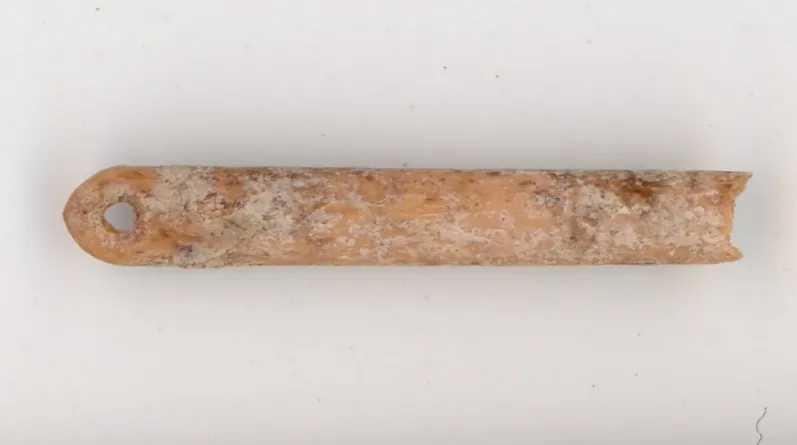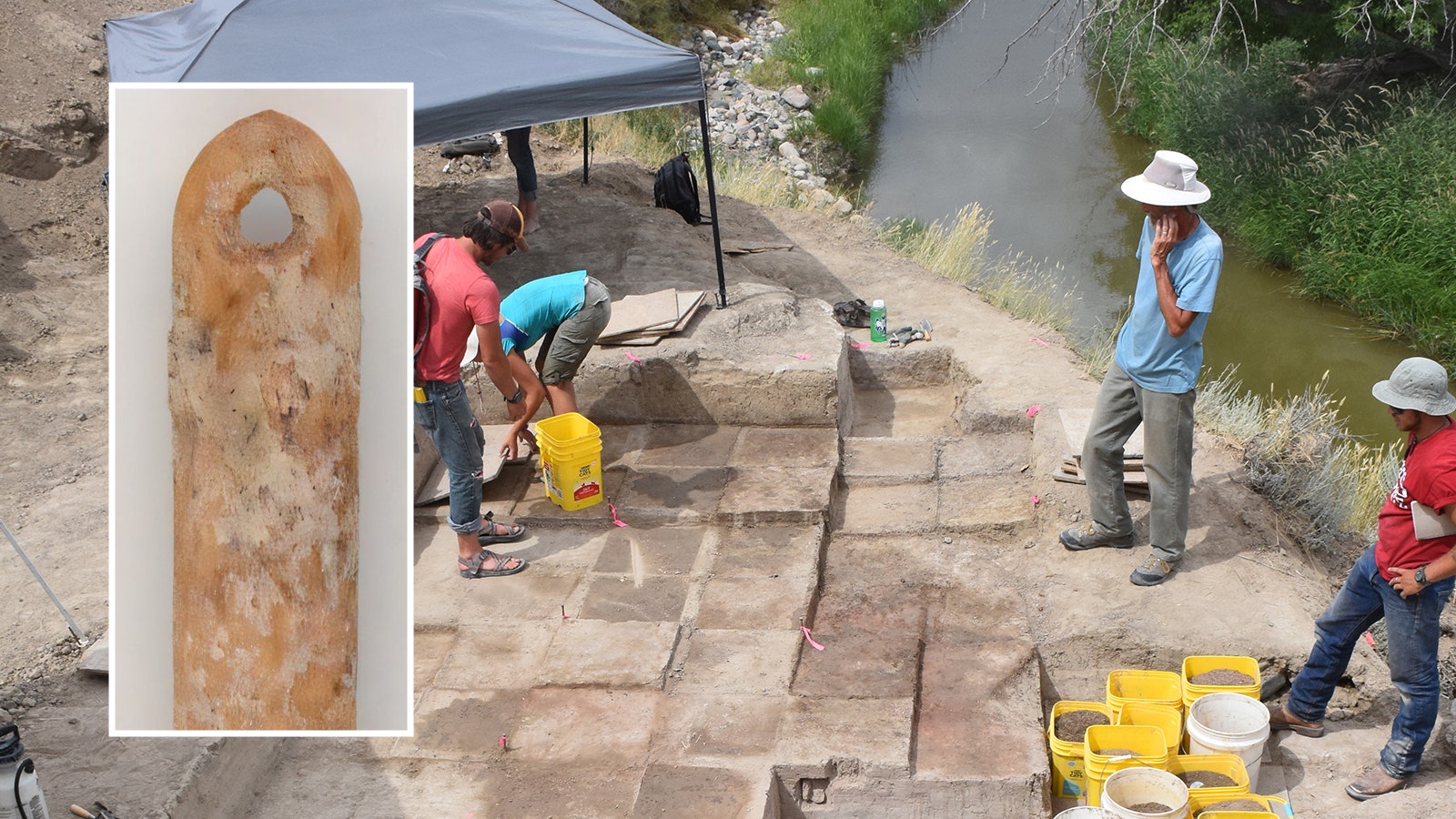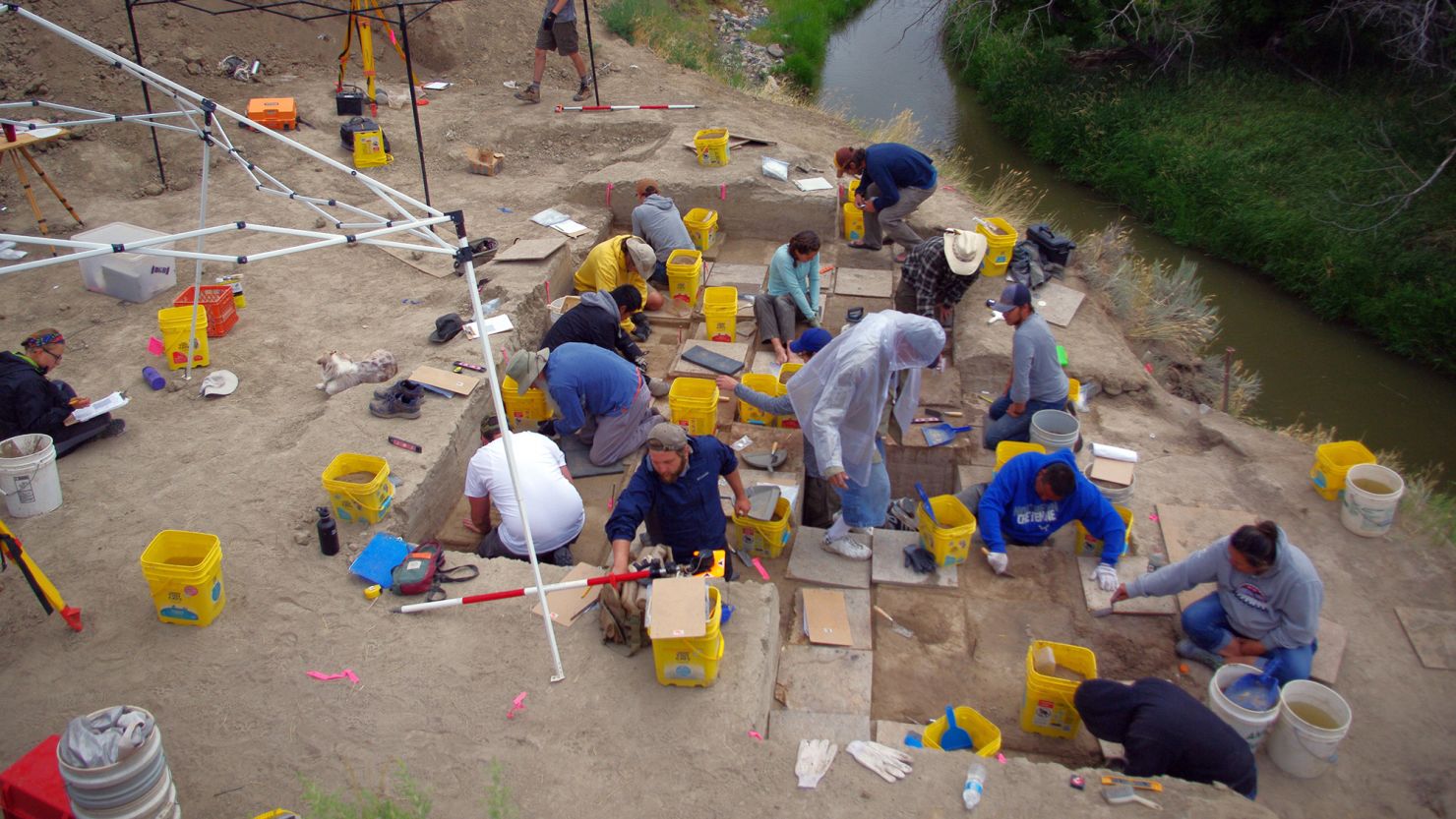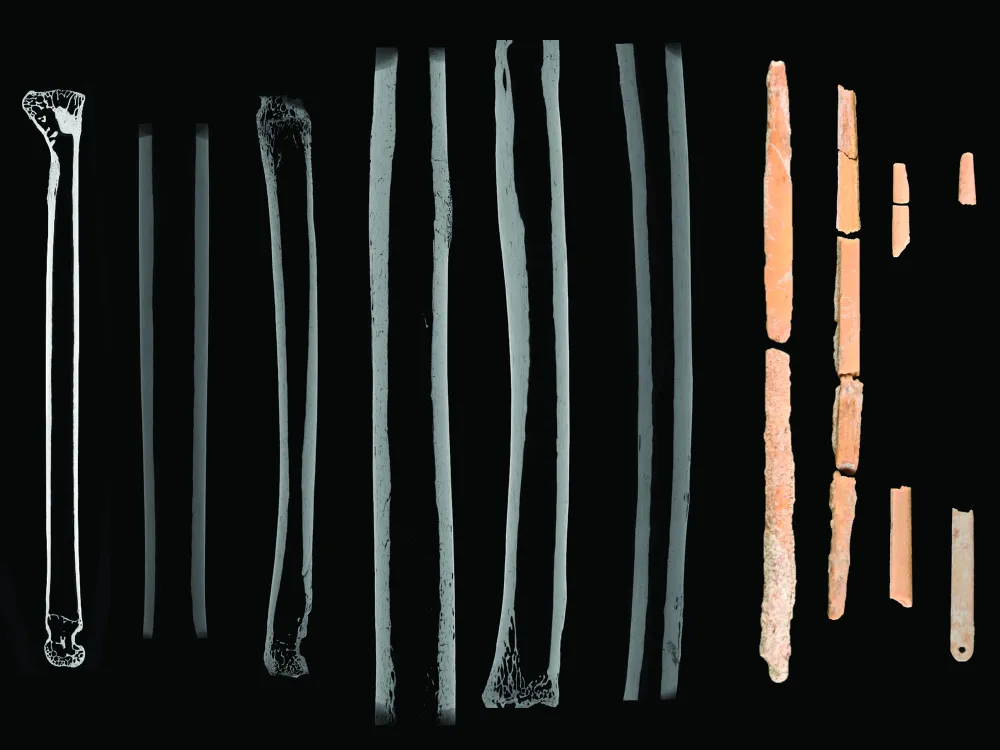Introduction
The discovery of 32 bone needle fragments at the La Prele Mammoth site in Wyoming has illuminated the ingenuity and adaptability of Ice Age humans. Dating back approximately 13,000 years, these artifacts not only shed light on the resourcefulness of the Clovis culture but also challenge traditional perceptions of their lifestyle and survival strategies. This article explores the significance of these findings and the advanced methods used to analyze them, painting a vivid picture of human innovation during the Late Pleistocene.

The La Prele Mammoth Site: Context and Importance
Located in Wyoming, the La Prele Mammoth site is renowned for its association with the Clovis culture, an early population in North America known for their distinctive stone tools and large-game hunting practices. However, the discovery of these bone needles adds a new dimension to their story, demonstrating a broader reliance on smaller fauna and advanced tool-making techniques to navigate their environment.
Craftsmanship Beyond Expectations
The bone needles, meticulously crafted from the bones of small carnivores such as red foxes, bobcats, and hares, indicate that early humans utilized a diverse range of animals for survival. Unlike the anticipated use of large mammal bones like those from mammoths or bison, the choice of small animal bones suggests a deliberate strategy. These materials were likely selected for their finer, more durable properties, ideal for creating slender tools capable of detailed work.

This finding challenges the traditional view of the Clovis culture as predominantly reliant on megafauna. Instead, it reveals a multifaceted subsistence strategy that included trapping smaller animals, possibly for both their fur and bones.
Tailored Garments: A Lifeline in the Ice Age
The needles provide indirect evidence of sophisticated clothing technology. In the frigid, sub-zero temperatures of the Ice Age, tailored garments were crucial for survival. Early humans likely crafted clothing akin to those of later Indigenous Arctic populations, featuring fur-lined hoods, tightly sewn seams, and layered designs to maximize insulation. Such innovations not only protected them from harsh climates but also facilitated migration into new territories, including Siberia and North America.

Although direct evidence of Paleolithic clothing has not survived due to the perishable nature of organic materials, these needles underscore the critical role of tailored garments in human adaptation.
Advanced Analytical Techniques
Researchers employed cutting-edge methods like micro-CT scanning and Zooarchaeology by Mass Spectrometry (ZooMS) to analyze the bone fragments. These techniques allowed for precise identification of the animal species used, showcasing the sophistication of modern archaeology in uncovering ancient practices.

The use of small animal bones and advanced techniques suggests that Clovis communities not only hunted megafauna but also trapped and utilized smaller species, incorporating their remains into a variety of tools and resources. This nuanced approach underscores the adaptability and foresight of Ice Age humans.
Broader Implications for Human Migration
The ability to craft tailored clothing using tools like these needles likely played a pivotal role in human migration during the Ice Age. Such innovations would have enabled early humans to withstand extreme cold, facilitating their movement across challenging landscapes, including the Bering land bridge connecting Asia and North America. This underscores the critical importance of clothing technology as a complement to hunting tools in the broader narrative of human expansion.
Conclusion
The bone needles from the La Prele Mammoth site are more than just artifacts; they are a testament to human ingenuity and resilience in the face of extreme environmental challenges. These tools highlight the diversity of Clovis culture, moving beyond their well-known hunting practices to showcase their adaptability through advanced clothing technology. As research continues, discoveries like these deepen our understanding of the complex strategies that enabled Ice Age humans to thrive and expand into new frontiers.

